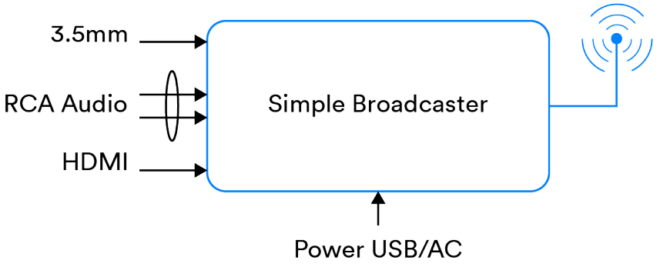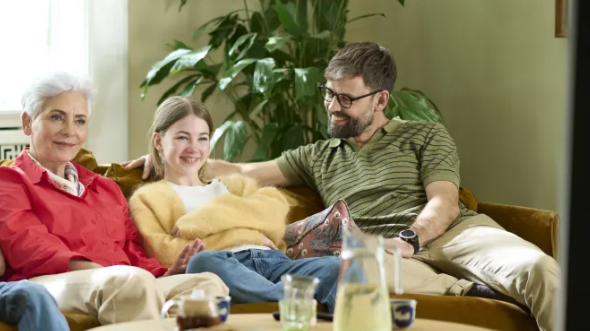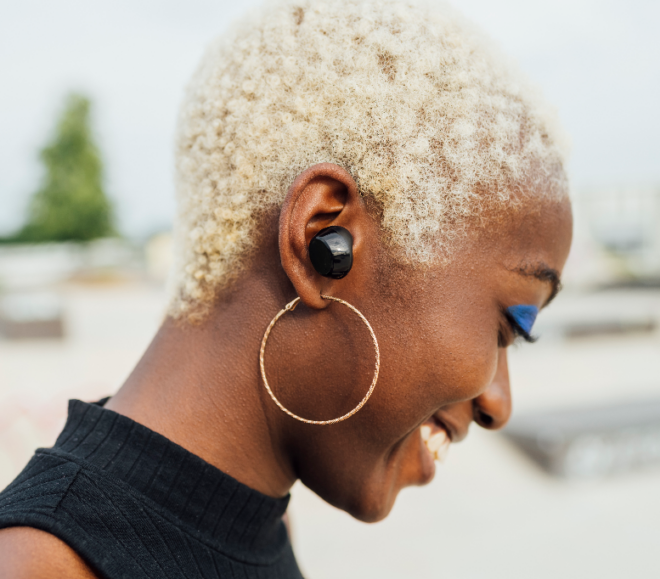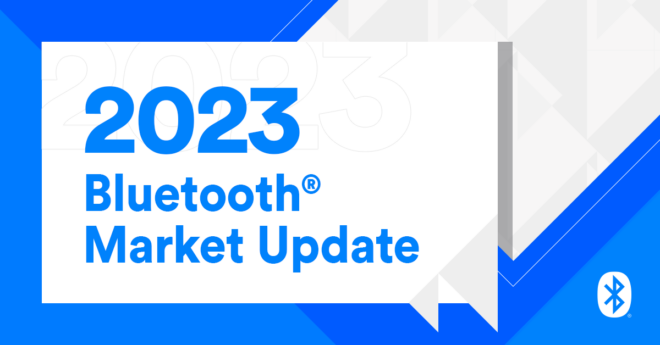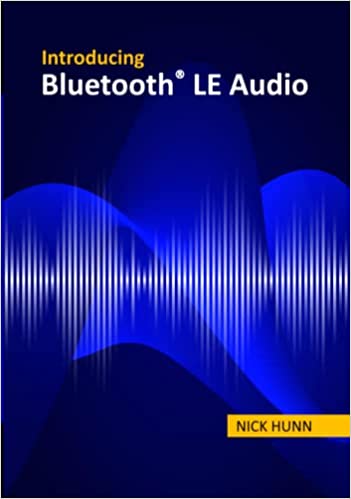
WiFore supports companies wanting to cut the cord by adding wireless connectivity to their products. Whether it’s an analysis of the market, development of product and service roadmaps, strategy development, or helping to integrate the most appropriate wireless technology, WiFore helps their client stay ahead of the market. WiFore publishes expert analysis on emerging technology markets, particularly in the area of hearables.
At a recent Bluetooth® Working Group Summit, we had an opportunity to speak with Nick Hunn, CTO of WiFore and a long-time working group member and key contributor to the development of the Bluetooth LE Audio specification. Hunn gave us some background and insight into what to expect from the new Bluetooth specifications that support Bluetooth LE Audio.
Q&A with Nick Hunn
Please describe your role in the development of the Bluetooth LE Audio specifications. What led to your personal participation in the Bluetooth LE Audio effort?
We’re asking how do we make a toolbox…which should be able to do everything everyone thinks about for the next 20 years?
I’ve been involved with the Bluetooth Special Interest Group (SIG) for quite a long time, having helped to design some of the very first Bluetooth® products. I’m currently chairing the Hearing Aid Working Group, and I’m vice-chair of the Generic Audio Working Group, that’s developing the Bluetooth LE Audio specifications.
One of the things we’ve been trying to do as a group is not just saying how do we make better hearing aids, more flexible speakers, or cope with surround sound, because those are things we already know how to do. We’re asking how do we make a toolbox of specifications that does all of that, but which should be able to do everything everyone thinks about for the next 20 years?
We don’t know where sound is going to go. We want to do interesting things like letting you share sound and letting you throw sound around between a group of people in an ad hoc way, things that people haven’t done before. We can envision some of the products we’re thinking about, and those are better hearing aids, really clever headsets and earbuds, and devices that let you share things with people. Also, the ear is the best place to put a medical sensor; it’s a part of your body that is designed to be stable and not move around. There’s lots of potential around the ear and not just for audio but for lots of other stuff. We really want to enable people to go out and innovate and experiment and come up with some wacky and hopefully interesting products that everybody’s going to want to use.
What has you most excited about Bluetooth LE Audio? What is the most impactful feature?
I think there are two aspects. If I put on my hearing aid hat, it’s going to be all of these benefits we bring to people with hearing loss. As chair of that group, I don’t just talk to the companies making hearing aids, but I’ve been fortunate to be contacted by a number of hearing loss associations who have talked about the features they’d really like to see. And the great aspect of that is being able to turn around to them and say that we’re actually going to make all of these possible. So, it’s been great to have feedback from real users and to get to know that.
I think the other thing that really excites me is Auracast™ broadcast audio. We’re going to see so many interesting applications coming up from sharing music. It’s going to be fascinating to see how that develops. Voice for commands is another example. When Bluetooth® was invented, nobody ever thought that we’d talk to devices. But today, we do a lot with our voice assistants.
One thing we haven’t been able to easily do with Bluetooth technology so far is simultaneously using other features while listening to music, and that’s one of the things that will change. You’re going to be able to stream music from a device at the same time you’re talking to it or talking to something else. So, that possibility of how we start to interact with multiple devices and how we mix up music and voice is going to liberate designers to go out and do some really innovative things.
![]()
INTRODUCING
LE Audio – The next generation of Bluetooth audio
Bluetooth® LE Audio will enhance the performance of Bluetooth audio, add support for hearing aids, and introduce Auracast™ broadcast audio, an innovative new capability with the potential to once again change the way we experience audio and connect with the world around us.
Can you share more about the impact of Bluetooth LE Audio on the hearing loss community and hearing aid industry?
We’re really going to see a vast explosion of capabilities for people with hearing aids. Today, most hearing aids only amplify the sound around you. Now, that is an absolute life-changing thing for people with hearing loss. Although it sounds simple, there’s a lot of very clever audio algorithms that go into that. It’s why you go to an audiologist who will tune a hearing aid to match your specific needs.
The spec is all about making the experience flexible…so that you can get the audio you want when you want it on your hearing aid.
But those hearing aids by themselves bring certain limitations. People want them to be small. Generally, the electronics sit behind your ear, and that means the microphones aren’t facing the person in front of you. Often people will wear little lapel microphones in order to try and pick up the directional sound. We’ll be making those much easier for people to use, or you can just use your existing phone and put it down on the dinner table amongst your friends to act as a microphone.
The ability to connect up to your TV gets rid of issues associated with having the TV turned up on high volume. You can have people with different levels of hearing loss all individually adjusting their personal volume to get what they want. We have the ability, if you’ve got multiple TVs around, such as in a gym or pub, to select and tune into the TV you want to listen to.
When you’re talking on the phone, you’ll have the ability to take incoming voice to a hearing aid, but you might still want to use the microphone on your phone. So, the spec is all about making the experience flexible and easy to use, letting you make decisions whenever you want so that you can get the audio you want when you want it on your hearing aid.
And, the biggest thing of all, is it’s going to be compatible and interoperable. So, anybody with a hearing aid from any manufacturer should work with any phone. It will work with any TV or in any theater. If you want a little remote control to change the volume or decide what you want to connect to, that again can just be an everyday device that you use.
Now, it probably won’t all burst onto the market on day one. We have to go through the FDA and the European approvals, but features will start to roll out. And, as you can do more of the everyday things with it, it will help reduce the stigma of wearing a hearing aid.

Specifically, what will Bluetooth LE Audio’s Multi-Stream feature bring to users with both left and right hearing aids?
One of the clever bits that we’re doing, which hasn’t really been done in any standard method before, is sending audio to both left and right hearing aids. Today, you already have the same thing with earbuds and you transmit the left to one and the right to the other. But it’s typically done by sending the same stereo signal to both and have the earbuds decode it. It means the earbuds need a way to talk to each other in order to synchronize, which burns up power. We now have a lower power way of doing it very accurately. You need to render the music from both your left and right channel at almost exactly the same time. If it just shifts by about 20 or 30 microseconds, you start to get a really odd feeling that the sound is moving around in your head.
A number of companies have found proprietary ways to get around this. Often that involves adding a different radio inside your earbuds that’s actually transmitting through your head. With our new standard, that’s no longer necessary, as we’ve built all of the synchronization into the Bluetooth® signals
What we’re doing with audio is going to have a fundamental effect on the design of smartphones and our relationship to them.
Using Bluetooth technology, we found a way to send the signals independently to your left and your right hearing aid or earbuds and, at the same time, provide a synchronization signal so that they know exactly when they need to send that through to the little speakers that send the sound into your ears. And we can get that right within 20 microseconds. Although it’s designed for hearing aids, you can extend that out to use the same process if you wanted to have medical sensors that needed to be co-located either between your ears or maybe between something on your wrist and your ear to do an ECG.
So that’s one new feature that Bluetooth LE Audio offers: the ability to synchronize down to the microsecond level and to a number of different devices, whether it’s audio data going in or whether it’s physiological and medical data being streamed out.
How is Bluetooth LE Audio going to change the way we experience the world?
We’re already seeing innovation starting to take off as people do more interesting things with audio. What we’re doing with audio is going to have a fundamental effect on the design of smartphones and our relationship to them. And, if we look 10 years ahead, I think we’re going to be a lot less wedded to smartphones than we are today. Bluetooth® audio products are suddenly going to become the thing that we want to relate to all the time rather than a chunk of glass.
![]()
FEATURED PROGRAM
Bluetooth Member Promotion Program
Are you a Bluetooth member designing innovative wireless solutions? You may be eligible to participate in the Bluetooth Member Promotion Program.
What are some of the market challenges that Bluetooth LE Audio will enable you to address?
If you look at where we are today with the current Bluetooth standards, we’re pushing up against the boundaries of where you can go with them. We’ve been pushing up audio quality and everybody today is really happy about the quality of audio. We’ve been getting products more efficient so the battery life’s longer. But we don’t have a lot of margin for error in those.
So, one of the things we wanted to do was to increase efficiency. It’s one of the reasons we moved over to Bluetooth Low Energy (LE): it was inherently designed to be more efficient. But we’ve also gone out and developed a much more efficient codec. The codec is the thing that takes the analog signals that come in, converts them into digital, and squashes them down so you can send them over the air to the other end that then turns it back into a stereo signal.
By making it more efficient, you’re using the radio less of the time, and your battery lasts longer. So, we’re putting a lot of bits and pieces like that in, which means that developers have more scope to try and do more things.
And that could mean your TV, if it’s broadcasting sound, could broadcast sound in a couple of different languages. So, you and your family could actually listen to different languages for the same program. We’re looking at the ability to share audio so that if you’re going into a gym, church, or theater, everybody can listen in high quality to what’s going on.
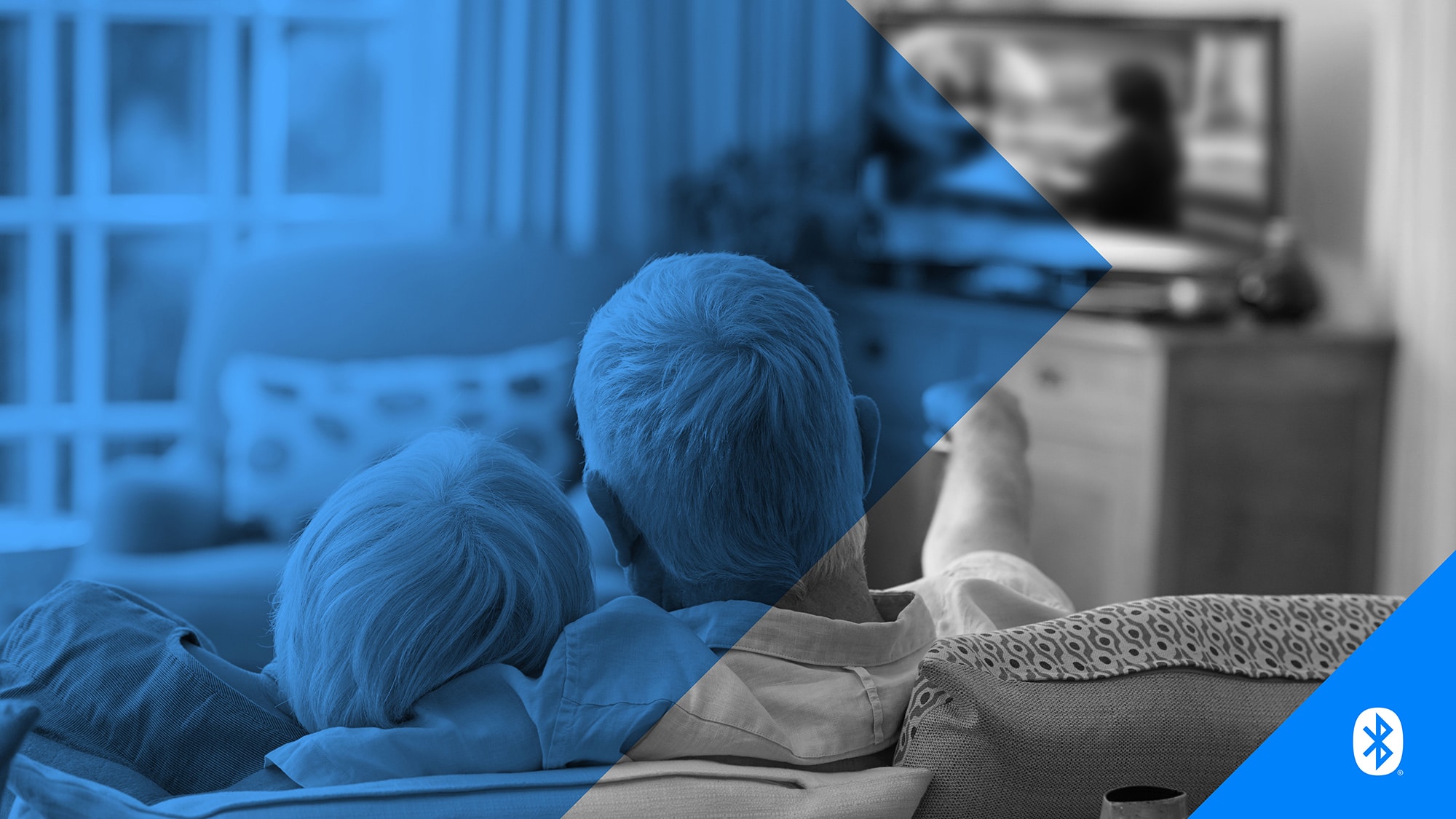
Hearing aids today use a telecoil, but it’s a 70-year-old technology and that is really just designed for voice. By developing a Bluetooth solution to that, we’re giving people access to a much higher quality, lower-cost alternative. It will no longer be a major infrastructure cost to add it to a building. It’s something that an audio engineer can plug into a mixing board. And that can get used all over the place. In some countries today, there is already telecoil in taxis, buses, and bus shelters. When it gets to the point that you can take a device that’s really low cost and just plug it into your existing system, you start to make it much easier for all people with headsets, not just people with hearing aids. So, if you’re standing and waiting for something, you can get traffic information or whatever you want and be able to mix sounds from different environments as well.
Today, Bluetooth technology is doing a great job, but we’re getting towards the limit of what you can do with it. We want to make it more efficient and give product developers much more scope for innovation.
Anything else you want to share about Bluetooth LE Audio?
We only think we know what these new standards are going to be used for. We try to make them into a toolbox because we’re pretty sure people are going to come out with things we haven’t thought about. I suppose one message I’d like to put out to everybody out there is, think about what you’d really like to do with sound. Whether you’re a product designer or even anybody who has an idea, it’s becoming increasingly easy for people to make things. It used to just be large companies that had the resources to do hardware. I won’t deny that it’s still really difficult to make good earbuds, but we’ve had a lot of crowd-funded companies that have gone out and innovated.
So, if you’ve got an idea that you can do something really wacky with sound, just take a close look at the specs. I hope they’re going to be able to let you go and make that product. If you have a dream, go out and do it. Get funding and try and make it, because I would love to see just what can be done.
![]()
STAY INFORMED
Bluetooth Email Updates
Stay up-to-date on what’s new with Bluetooth, and get the resources you care about, from newly released papers and case studies to developer study guides, videos, and more. Subscribe to receive timely, relevant emails that won’t overfill your inbox.

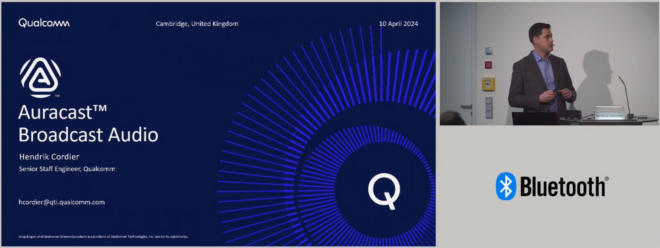



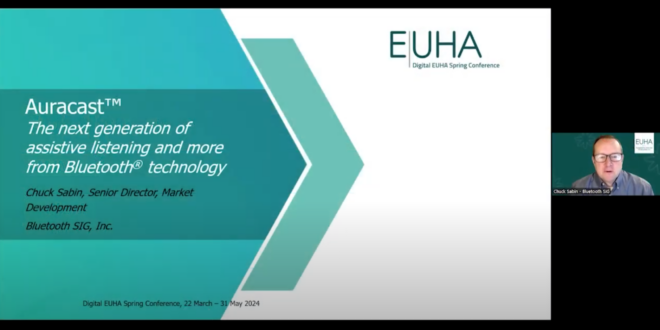
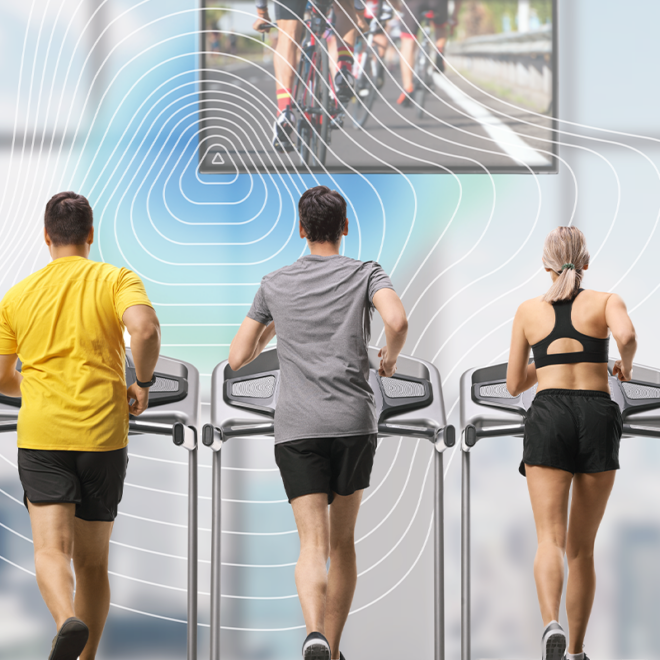
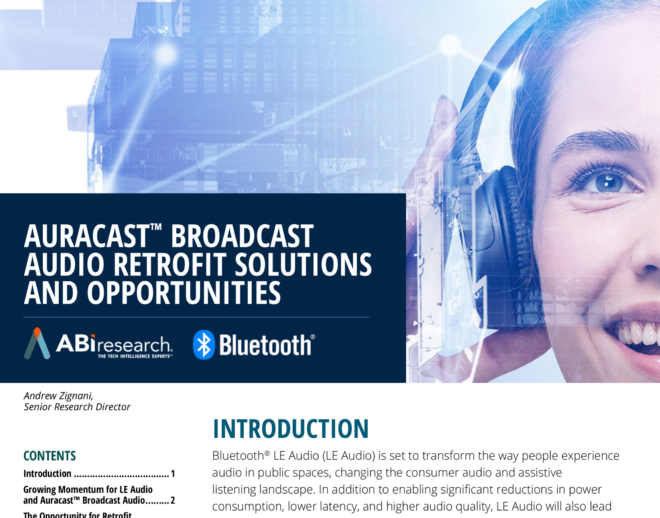
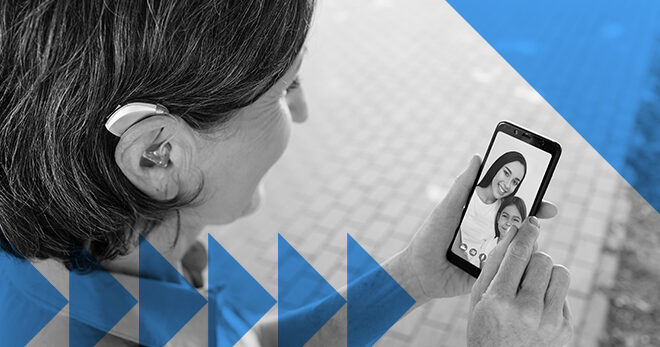
![packetcraft logo tagline[1]](https://www.bluetooth.com/wp-content/uploads/2024/03/packetcraft_logo_tagline1.png)

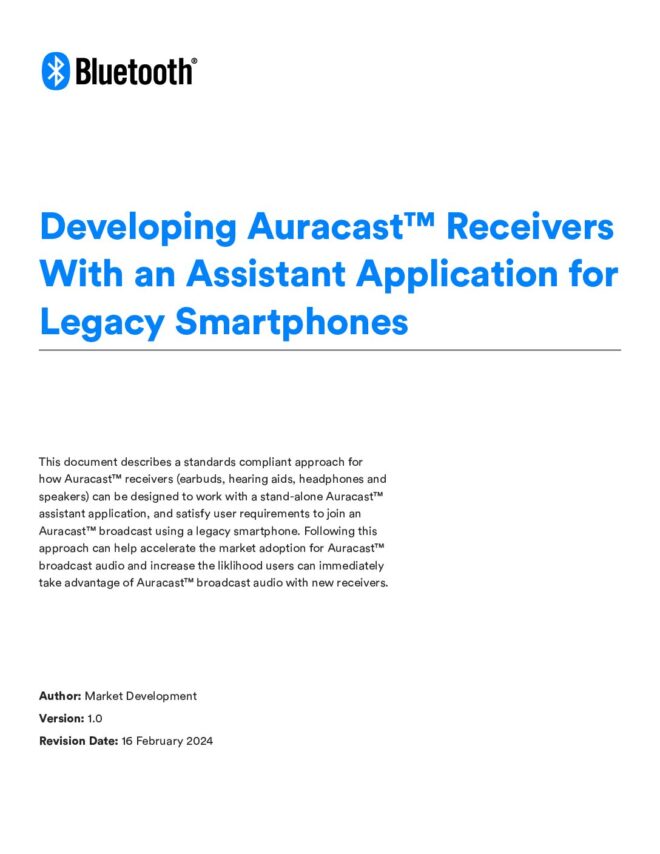
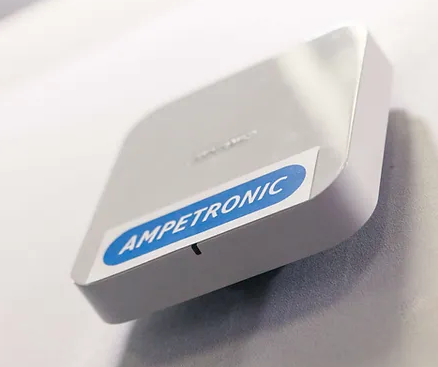
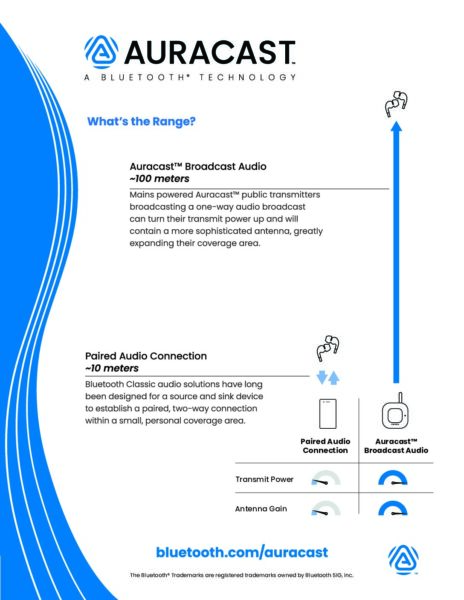
![2312 CES Handout Images FINAL existing pdf 464x600[1]](https://www.bluetooth.com/wp-content/uploads/2024/01/2312_CES_Handout-Images_FINAL-existing-pdf-464x6001-1.jpg)
![2312 CES Handout Images FINAL unlimited pdf 464x600[1]](https://www.bluetooth.com/wp-content/uploads/2024/01/2312_CES_Handout-Images_FINAL-unlimited-pdf-464x6001-1.jpg)
